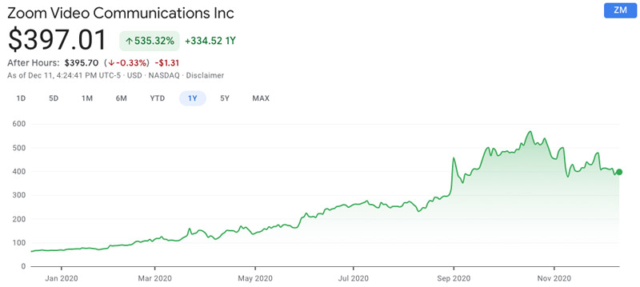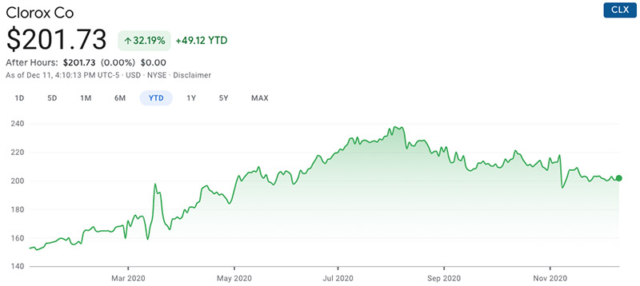Let’s face it, 2020 was a rough year.
If I hear another ad, social media post, tv commentary, or anyone else uttering “challenging times” or “the new normal” I’m gonna lose it.
Still, they’re not wrong. Lots of businesses, non-profits, and their staff have been put through a lot over the last 12 months. They’ve been cutting back, holding out, and hoping for a change. According to Small Business Trends, a report shows that the majority of small businesses were unable to turn a profit compared to last year, and were one of the hardest-hit sectors. While some companies have flourished – like Zoom, Netflix, Chlorox wipes, yoga pants providers, and liquor stores, other organizations such as local retail, restaurants/bars, gyms, salons, and non-profits had to shut down or severely limit their public access and/or cancel imperative events.
Not all is lost for some companies, because while the coming months still might result in further struggle, there is a light at the end of the tunnel (another overused phrase, my apologies) and a glimpse of things getting back to where they were a year ago. For those licking their wounds, there are some aspects of sales and marketing that are going to be different for the foreseeable future, and now is the time to be thinking about how to navigate the new consumer with strategies for 2021:
1. No more excuses, you need an online presence.
It’s hard to understate how much more the internet is being used to search, research, purchase, communicate, and otherwise do LOTS of business. Amazon tripled its profits from increases in online shopping, and internet usage grew by 27%. If your business or non-profit hasn’t claimed a little space on the internet, you’re already behind.
In 2021, focus on getting a website that works as a 24/7 extension of your organization. Reach customers that are interested in your products and services, and give them a place to learn why you are different from your competitors. 81% of shoppers conduct research online before making a purchase. A clean, modern, mobile-responsive website has been important for a LONG time now, but it’s just moved into urgent territory.
2. If you have a product or service you can sell online, DO IT.
Whether it’s offering online e-commerce, phone ordering, home or curbside delivery, many organizations are changing how they fulfill purchases. If it makes sense to sell a product or service on your website – now is the time to do it. If your website is built on WordPress, then the most popular plugin to add e-commerce is Woocommerce. Installing the plugin gives your users the shopping experience most are familiar with – including an online shop, inventory management, shopping cart, coupons, sales, shipping options, and the ability to pay with a credit card. With a bucket load of other extensions and enhancements, the purchase process can be tailored to fit just about any product.
If you don’t sell a physical product, that doesn’t mean you’re out of luck. Digital/downloadable products are also easily doable, as is scheduling and booking for service-based offerings. It also isn’t limited to purchasing something – give your users an avenue to engage with you through contact forms, quote forms, email signup lists, and more.
3. Retain and re-engage existing customers, and reach out to new customers.
This one isn’t new for 2021, and hopefully saavy marketers have been making an effort to engage existing and new customers already! People that have purchased products and services from someone in the past are more likely to purchase from them again – especially if the process was positive. Work on nurturing those relationships by providing valuable follow-up, showing genuine interest in their needs, and being available as a resource and support. Many of the pushy and abrasive sales tactics are out the window – replaced by a prioritization of solving customer and potential customer pain points. We typically like to reference the red bench approach.
As an extension of an online presence, reach out to new potential customers through different channels such as direct mail, digital advertising, social media, and vehicle graphics. A combination of brand awareness and direct marketing can make a huge difference in finding and converting people that may not know you even exist! Use those tools to educate, inform, entertain, and generally be memorable. Don’t forget to make a plan for tracking the performance of your marketing campaigns, and don’t forget that they’re not all gonna be winners.
4. Plan plan plan
This point is more for the event-based organizations such as non-profits – which have been hit especially hard this year – but applies to other businesses as well. When the majority of your annual budget comes from a single fundraising event, the cancellation (or even delay) of that event can be potentially devastating.
Billings has a LOT of non-profits – and many of them are waiting anxiously for the time to safely hold their signature event. What will be potentially important is the timing of these events when the floodgates open and everyone is clamoring to engage their donors personally. Communication and strategy will be key, so get the message out via mail, email, on your website, social media, and potentially digital advertising. In the meantime, many non-profits have been using the new digital landscape to hold online auctions, provide online donation portals, and have regular zoom calls with potential donors.
5. Don’t neglect your mental & physical health
It’s obvious that the last twelve months have put physical and mental pressure on the people of the world. Some areas are more affected by others, but I’d wager everyone has felt some level of stress in recent months. It’s important to make your health a priority, take time to decompress, connect with others in whatever safe and responsible way you can, and focus on empathy for what others might be going through.





